This article was co-authored by Dany Zelig. Dany Zelig is the Founder and Owner of Tactica and the Tactica Krav Maga Institute headquartered in San Francisco, California. He is a 2nd generation Israeli Krav Maga instructor of Imi Lichtenfeld, certified directly by Imi’s most senior disciple and Head of the Rank Committee. He received his Military Krav Maga Instructor certification from the Wingate Institute in Israel in 1987.
There are 9 references cited in this article, which can be found at the bottom of the page.
wikiHow marks an article as reader-approved once it receives enough positive feedback. In this case, 93% of readers who voted found the article helpful, earning it our reader-approved status.
This article has been viewed 212,292 times.
If you're wondering how you would defend yourself, or if you’re interested in learning self-defense for fun, you must learn about yourself and the various fighting styles available to you. Some types of fighting come easier to certain people than to others. You’ll also want to consider your primary motivation for fighting: self-defense, self-discipline, getting in shape, or competition.
Steps
Ways to Find Yourself as a Fighter
-
1Take honest stock of your strengths. Whether you're a boxer or a mixed martial artist (MMA), the first step to developing a style is figuring out what you're working with. Your physical traits might help you naturally fall into a fighting style, or make training for a certain discipline more natural. The best fighters develop their own style, one that accounts for their own bodies instead of copying someone else.
- Long, wiry bodies have great reach, allowing them to pepper opponents from a distance.
- Short, muscular bodies have to get in close, and focus on landing hard, powerful hits.
- Is your natural inclination to use your feet and knees? Keep your blocks high and practice getting as much range out of kicks as possible.
- Can you run for days without getting tired? Then keep your feet moving and tire your opponent out, moving in for the KO when she/he starts to become tired.
-
2Note your weaknesses and find ways to cover them. No fighter is perfect. But the best fighters take the time to find their weaknesses and prevent their opponent from using them against them. Bruce Lee, for example, is quick, powerful, and intelligent. But he was never tall. He knew fully well that a long-limbed opponent would try and keep him at a distance so that Bruce could never land a hit. His answer -- develop the sort of blazing speed and counter-attacks that let him close in on his opponents quickly.[7]
- Do you struggle to dictate a fight and be aggressive? Then work on your counterattacks and blocks, forcing aggressive fighters to over-extend and make a mistake.
- Are you big and bulky, but slow? Get in close with grapples and grabs, negating your opponent's speed, or sit back and block small jabs while you aim for 1-2 big hits.
-
3Spar regularly. The best way to determine your fighting style is to fight. There is really no other way to determine what will work for you and what strategies fall flat. That said, there are a right and a wrong way to spar if you want to get better:
- Warm up at half-speed. No one will get hurt, and you can start to feel what moves are fluid and easy to pull off.
- Fight a variety of people. Note how you need to change up your style or strategy slightly against other people's styles. What can you learn from them?
- Have a trainer or third person watching to give advice and feedback -- you can't see everything.[8]
-
4Watch other fighters for inspiration, but not to copycat. Remember -- the best fighting style is completely unique to you, and trying to copy another's style will just lead to defeat. That said you can, and should, borrow techniques you like from other fighters, incorporating the work of the masters into your own personal style. When possible, watch fighters in other disciplines as well -- what can you learn about boxing footwork, for example, by watching talented MMA fighters?
- Watch fighters with similar builds and body types as you -- you'll be more likely to replicate their moves and strategy.[9]
-
5Tape yourself fighting. Watching yourself fight is the best way to note your own mistakes and pick up new techniques. When you rewatch the fight, break down the footage into smaller parts. Watch once to pay attention to footwork, once to punches and offense, and once to watch your opponent's strategy. When you see a mistake or a missed opportunity, hit pause and think about what you can do better next time.
-
6Study other disciplines to become a well-rounded fighter. Style, in many ways, is about adapting. How do you counter or react to a situation in a fight? What is your natural inclination when attacked? What are your opponents? The more you know the more you'll discover about your style. Thought of another way -- if you are a natural bruiser (lots of big, hard hits), but always train to be a counter-attacker, you'll never be able to unlock your natural fighting style. Expose yourself to a wide range of fights, fighters, and styles and pick what works for you.[10]
- A boxer can learn a lot from Muay Tai, and an MMA fighter can learn a lot from Judo. All of these disciplines are related and give you the competitive edge over your opponents.
- If you're lost, peruse the list of popular fighting disciplines below to find potential new styles.
-
7Let your style evolve organically instead of forcing yourself to fight a certain way. A fighter's style is actually pretty easy to define. It is simply how a fighter maximizes their own strengths and weaknesses. There is no one style that is better than another, just like no one fighter is like any other fighter. As such, the best way to get better is to keep studying, keep practicing, and keep fighting. You'll quickly learn what works for you when you win. And you'll definitely learn what doesn't work when you lose. There is no right style, there is only your style.
- Don't worry about "one style." You'll be easy to predict and beat. But if you can switch it up on your opponent with something unique you'll be much more powerful.
- “Have no way as Way; have no limitation as limitation.” – Bruce Lee[11]
Expert Q&A
-
QuestionWhat fighting style should I learn first?
 Dany ZeligDany Zelig is the Founder and Owner of Tactica and the Tactica Krav Maga Institute headquartered in San Francisco, California. He is a 2nd generation Israeli Krav Maga instructor of Imi Lichtenfeld, certified directly by Imi’s most senior disciple and Head of the Rank Committee. He received his Military Krav Maga Instructor certification from the Wingate Institute in Israel in 1987.
Dany ZeligDany Zelig is the Founder and Owner of Tactica and the Tactica Krav Maga Institute headquartered in San Francisco, California. He is a 2nd generation Israeli Krav Maga instructor of Imi Lichtenfeld, certified directly by Imi’s most senior disciple and Head of the Rank Committee. He received his Military Krav Maga Instructor certification from the Wingate Institute in Israel in 1987.
Martial Arts Instructor It depends on your personal preference, as every fighting style has its own philosophy. For example, martial arts emphasizes mind over body and teaches that you can do anything if you use your mind.
It depends on your personal preference, as every fighting style has its own philosophy. For example, martial arts emphasizes mind over body and teaches that you can do anything if you use your mind.
Warnings
- Fights can be serious business. If you are accosted on the street, it can be a matter of life and death. Use common sense and be careful.⧼thumbs_response⧽
- Remember, it's best not to have to go into a physical confrontation. If you can, talk your way out of the situation. But if that's not possible, stand your ground and let your instinct guide you.⧼thumbs_response⧽
- If you know you have an advantage over your opponent, be sure to wisely use whatever it is that you obtain. Be effective with your striking and make sure he/she doesn't forget who you are when he/she sees you in the future.⧼thumbs_response⧽
References
- ↑ https://www.reebok.com/international/Blog/2015-08/Find-Your-Fighting-Style-Which-Combat-Training-Class-is-Best-for-You/
- ↑ http://breakingmuscle.com/kickboxing-boxing/the-top-5-benefits-of-muay-thai
- ↑ http://www.returnofkings.com/4552/5-reasons-to-learn-krav-maga
- ↑ http://sports.gunaxin.com/fighting-styles-that-will-probably-get-your-ass-kicked/33871
- ↑ http://www.cracked.com/personal-experiences-1500-6-ways-my-real-kung-fu-training-was-crazier-than-any-movie.html
- ↑ http://www.worldtaekwondo.com/benefits.htm
- ↑ http://muaythaipros.com/finding-your-ideal-fighting-style-in-muay-thai/
- ↑ http://www.expertboxing.com/boxing-strategy/boxing-styles/whats-your-fighting-style
- ↑ http://www.expertboxing.com/boxing-strategy/boxing-styles/whats-your-fighting-style
- ↑ http://www.expertboxing.com/boxing-strategy/boxing-styles/whats-your-fighting-style
- ↑ http://www.expertboxing.com/boxing-strategy/boxing-styles/whats-your-fighting-style
- ↑ https://www.reebok.com/international/Blog/2015-08/Find-Your-Fighting-Style-Which-Combat-Training-Class-is-Best-for-You/
- ↑ http://www.expertboxing.com/boxing-strategy/boxing-styles/whats-your-fighting-style
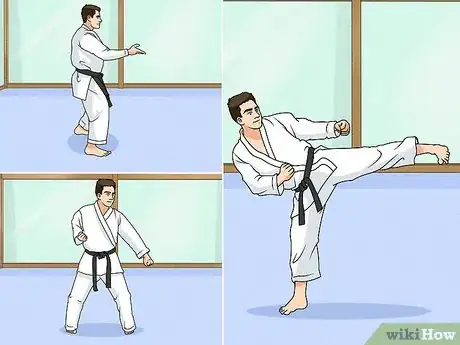

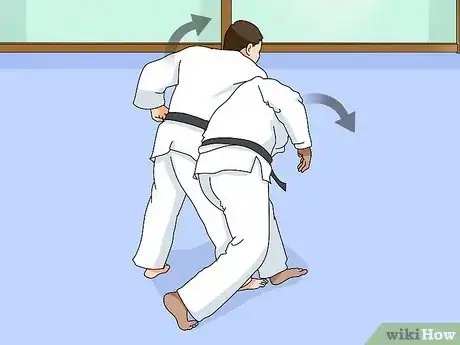
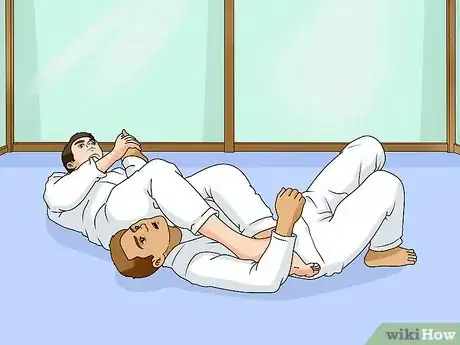
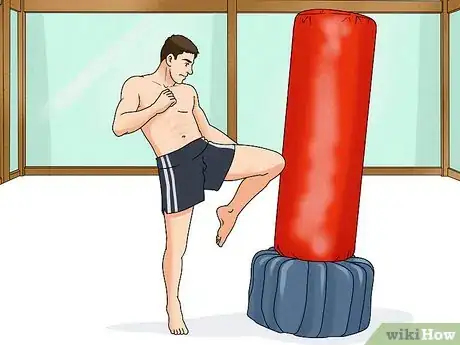
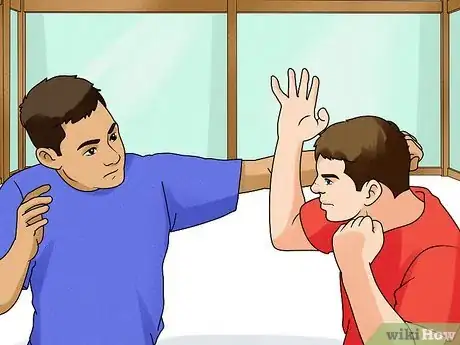




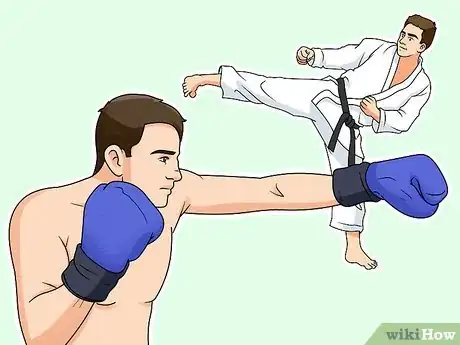



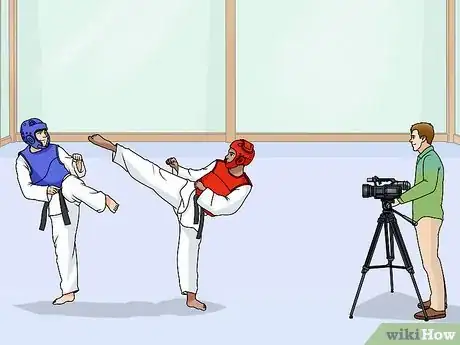
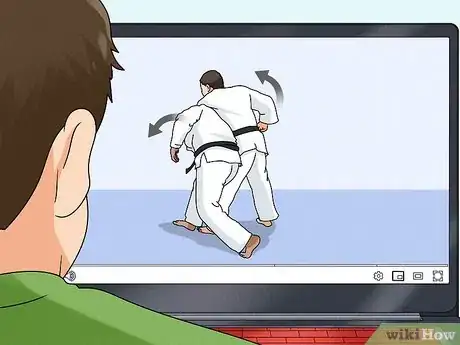
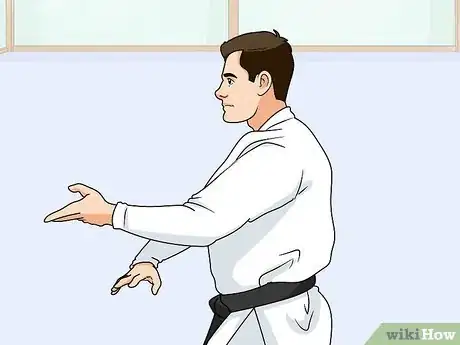

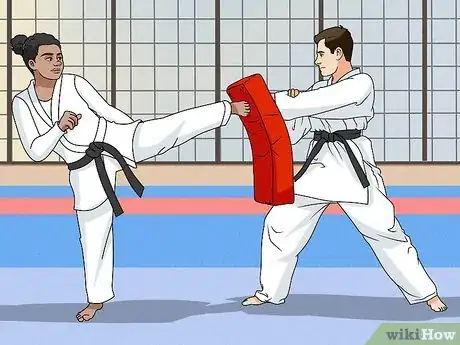

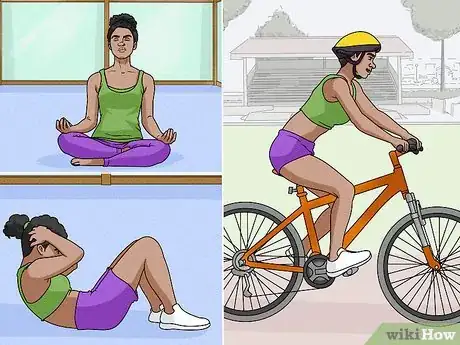
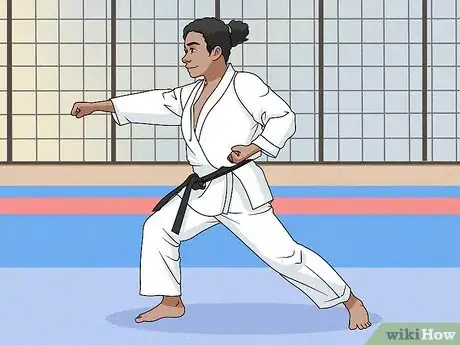


-Step-7.webp)






















-Step-7.webp)



































